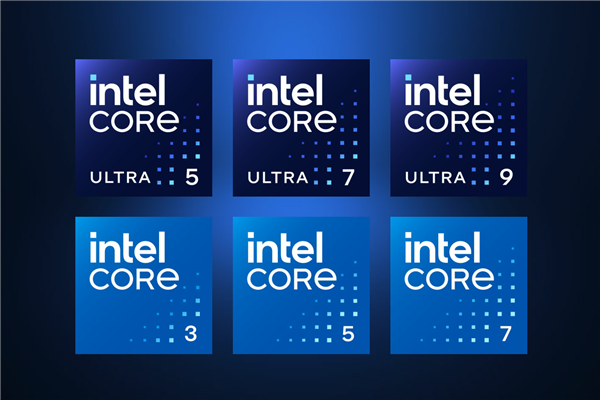
News on September 7, recently exposed information shows that Intel’s new generation chip processes 10nm and 4nm (originally planned to be 7nm) are facing some challenges. Among them, the immaturity of 10nm in the early stage is manifested in the frequency that cannot meet the high performance. need. However, after years of unremitting efforts and optimization, the latest i9-13900KS and i9-14900K processors have been able to increase the frequency to 6GHz, achieving significant performance breakthroughs.

#It is understood that Intel’s 4nm process has also encountered similar problems. The first Core Ultra (Meteor Lake) processor seems to be difficult to play in the desktop field. Although it has been rebranded as a new product line, its frequency performance is still embarrassing, and early news even said that it cannot exceed 5GHz.

The latest intelligence shows that the high-end model in the Core Ultra series "Core Ultra 9" 185H" broke through the 5GHz frequency barrier for the first time. The processor is configured with 6 small cores and 8 large cores, with 14 cores and 22 threads. The small core base frequency is 2.8GHz, the acceleration frequency reaches 3.8GHz, and the large core's The base frequency is 4.5GHz, the full-core frequency is 4.8GHz, and the maximum acceleration frequency is 5.1GHz. This performance breakthrough has attracted attention in the industry, but it is unclear whether it is the top flagship model of the Core Ultra series, but the prospects are promising.

In addition, there are other models in the Core Ultra series, including "Core Ultra 7 165H" and "Core Ultra 7 155H", which have slightly lower performance but still have excellent processing power. At the same time, there is also a "Core Ultra 5 125H", different from the previous models, it only has 4 large cores, with a total core number of 14 cores. Its performance is relatively low, but it is suitable for different application scenarios.
The above is the detailed content of Core Ultra processor successfully moves towards 5.1GHz, Intel 4nm process faces considerable challenges. For more information, please follow other related articles on the PHP Chinese website!




